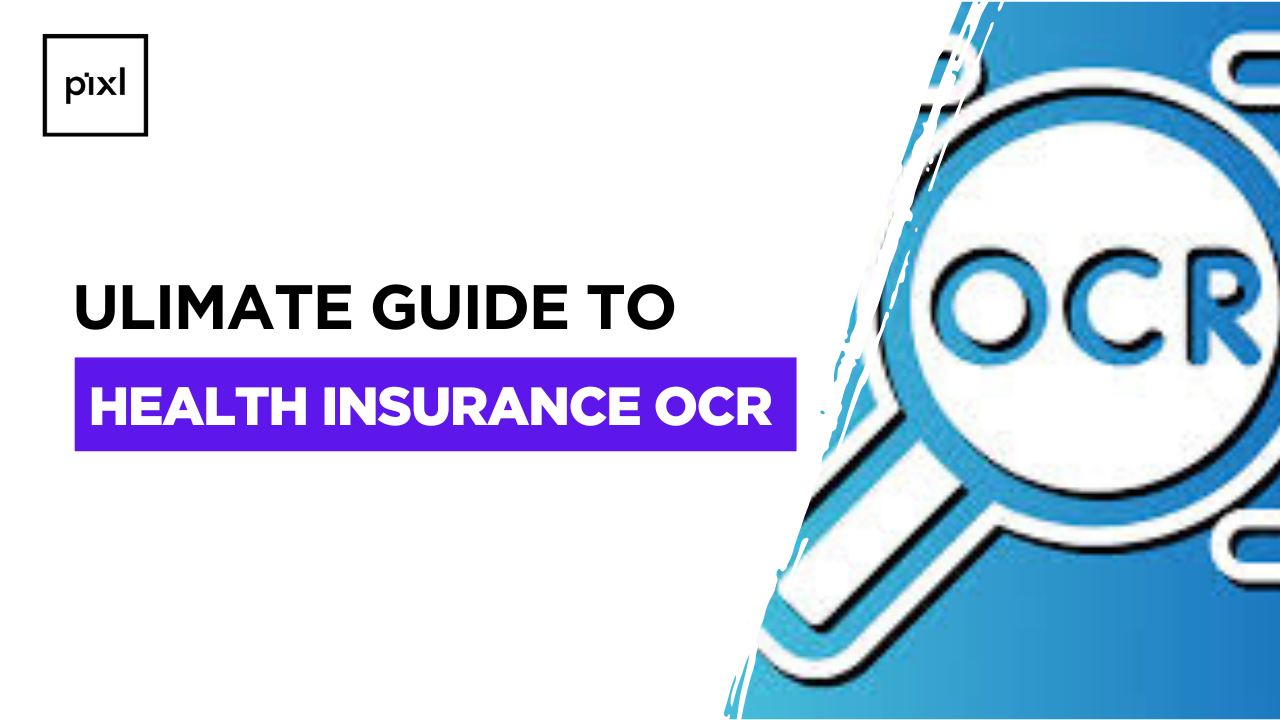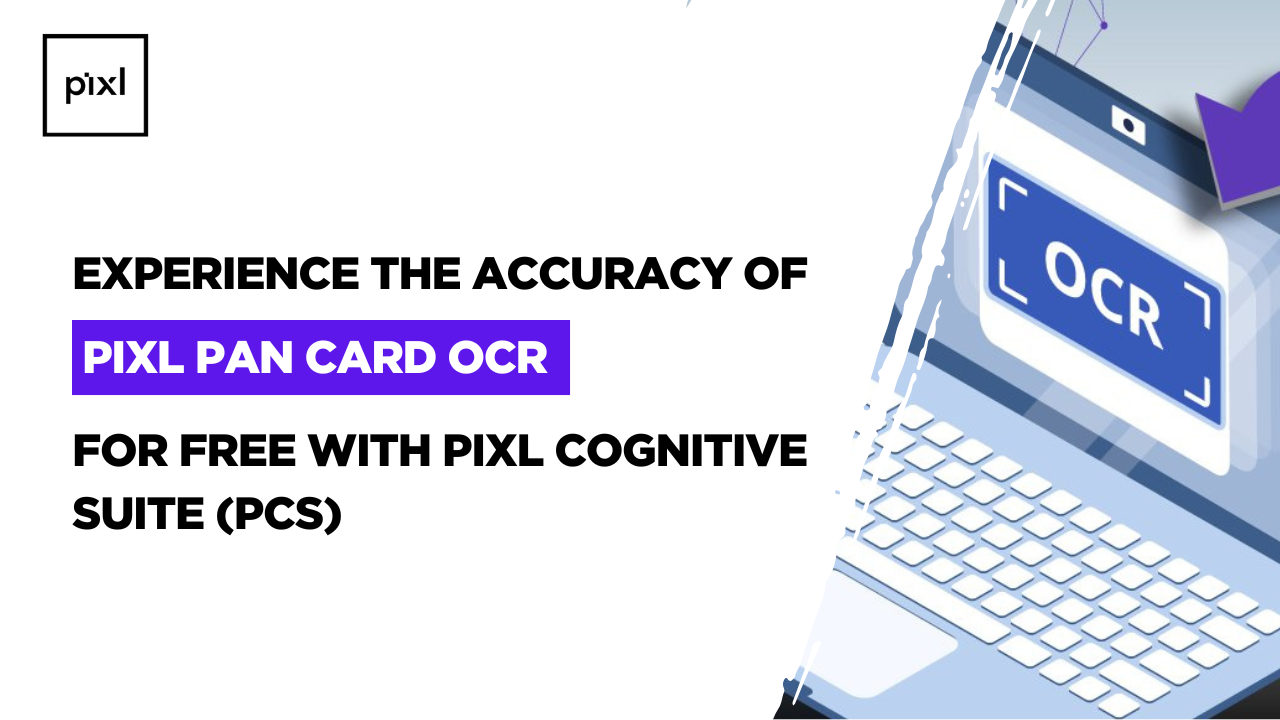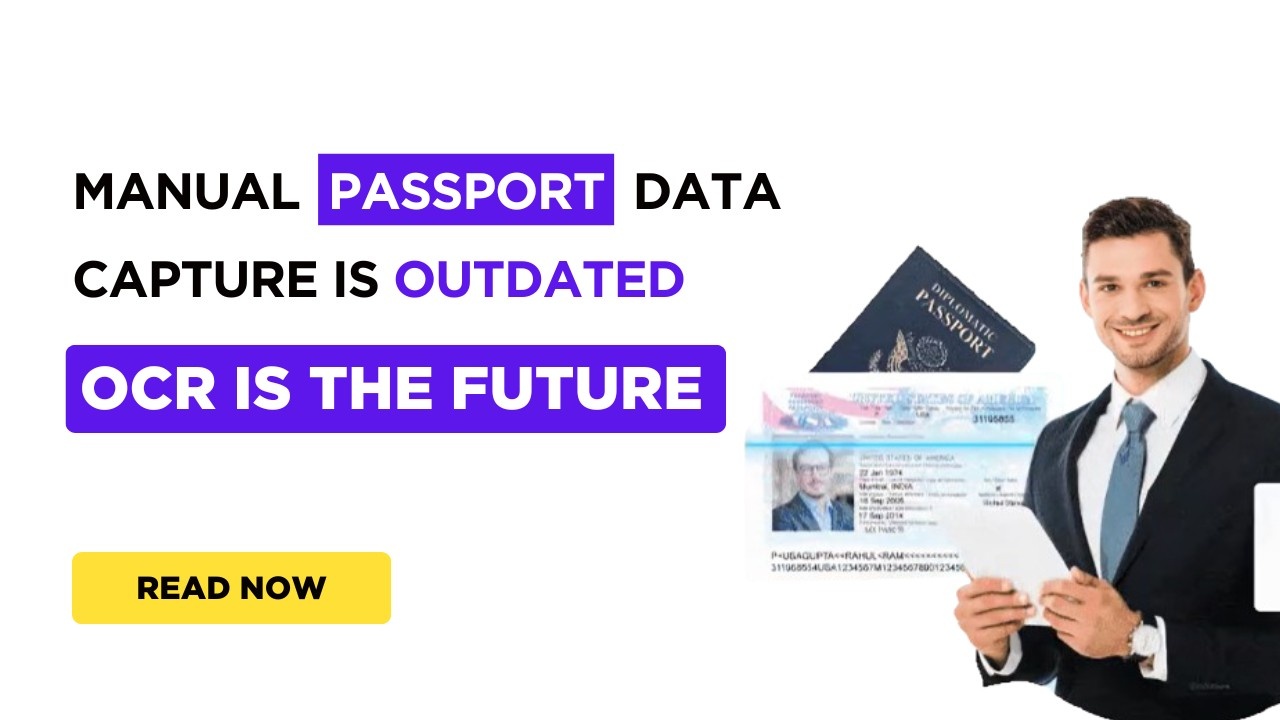Health insurance OCR is one of the most transformative tools available, helping insurers, hospitals, and administrators streamline data extraction, reduce processing time, and enhance customer satisfaction. In this guide, we’ll explore how health insurance OCR works, its benefits, and how organizations can leverage it for greater efficiency and compliance.
In today’s fast-paced healthcare landscape, managing mountains of paperwork from insurance cards and patient records to claims and compliance documents is a significant challenge. Manual processes slow operations, introduce errors, and increase costs. Fortunately, technology is reshaping the industry. That is where Health insurance OCR comes to play
This Guide covers
1.What is Health Insurance OCR?
2.Why Health Insurance OCR is Essential?
3.Benefits of health insurance
4.How OCR Speeds Up Claims and Policy Processing?
5 Key Factors to Consider for Choosing a Health Insurance OCR Service Provider
What is Health Insurance OCR?
Understanding OCR Technology
Optical Character Recognition (OCR) is a technology that converts scanned documents, images, or printed text into machine-readable data. Using advanced image processing and artificial intelligence, OCR can identify text, numbers, and structured information from various document types.
Applying OCR in Health Insurance
In the health insurance sector, OCR is used to extract critical information from insurance cards, claim forms, medical records, and identity documents. Instead of manually entering data, organizations use OCR to automatically capture details such as policy numbers, names, dates, and coverage plans accelerating workflows and improving accuracy.
Why Health Insurance OCR is Essential?
With digital transformation at the heart of healthcare modernization, adopting OCR technology is no longer optional. It simplifies tedious workflows, automates repetitive tasks, and ensures accurate data capture. Whether you’re an insurance provider, a Third-Party Administrator (TPA), or a healthcare facility, health insurance OCR is critical to delivering faster claims, smoother policy management, and better patient care.
Benefits for Insurance Providers, TPAs, and Hospitals
How Health Insurance OCR Helps Insurance Providers?
For insurers, speed and precision are essential. OCR helps by:
- Automating data entry, reducing administrative burden
- Improving claims approval timelines
- Enhancing customer onboarding with faster document verification
- Providing structured data for analytics and fraud detection
Benefits for Third-Party Administrators (TPAs)
TPAs manage claims on behalf of insurers and need fast, reliable data capture tools. OCR assists by:
- Processing claims more efficiently
- Handling large volumes of documents with minimal errors
- Reducing turnaround time for customer service requests
Advantages for Hospitals and Healthcare Facilities
Hospitals face challenges in verifying patient information and insurance coverage. OCR helps by:
- Quickly extracting patient details from insurance cards
- Reducing delays during admission and billing
- Minimizing data entry mistakes that can affect care and compliance
How OCR API Works?
An OCR API allows systems to send scanned documents or images to the OCR platform, which then returns structured data in real time. This integration enables insurers to automate tasks like policy verification, claims submission, and customer onboarding without disrupting existing systems.
Benefits of Using a Health Insurance OCR API
- Seamless Implementation: Easily integrate with CRM, billing, or claims systems
- Real-Time Data Access: Retrieve validated information instantly
- Scalability: Handle growing data volumes without adding manual staff
- Improved User Experience: Faster verification leads to better customer interactions
How OCR Speeds Up Claims and Policy Processing?
The Workflow Transformation
In a typical claims process without OCR, staff manually review documents, input data into systems, and validate details a time-consuming and error-prone task. With health insurance OCR, this workflow becomes fully automated:
- Documents are scanned or uploaded
- OCR software extracts key data fields
- Information is validated and stored in the system
- Claims are processed faster and more accurately
Real-World Efficiency Gains
For example, insurers using OCR have seen claims processing times drop by up to 60%. Hospitals using OCR for patient intake report a 40% decrease in admission delays. These improvements lead to faster reimbursements and better patient experiences
Staying Compliant with Regulations
Health insurance is governed by strict regulations such as HIPAA and GDPR, which require secure handling of sensitive data. OCR helps by:
- Providing encrypted data transmission
- Ensuring audit trails for document access
- Standardizing data extraction for reporting and compliance reviews
Reducing Documentation Errors
Manual data entry is prone to mistakes misspelled names, wrong policy numbers, or incomplete forms can lead to rejected claims or compliance issues. OCR minimizes such errors by extracting accurate information consistently, leading to improved claim approvals and customer trust
Key Factors to Consider for Choosing a Health Insurance OCR Service Provider
When selecting an OCR Software, keep these points in mind:
- Accuracy: Can it extract data from various document formats with minimal errors?
- Speed: How quickly does it process large volumes of data?
- Integration: Does it offer APIs or SDKs for easy implementation?
- Security: Does it comply with healthcare regulations and provide encryption?
- Customization: Can it be tailored to specific insurance forms or workflows?
Top OCR Service Providers for Health Insurance
Several companies offer specialized OCR solutions, including:
- Pixl: Known for high-accuracy health insurance OCR with scalable APIs and compliance-ready security.
- ABBYY FlexiCapture: Offers customizable templates and intelligent recognition for healthcare claims.
- Kofax OmniPage: Supports diverse formats with fast processing and enterprise-level security features.
Conclusion
Health insurance OCR is transforming how insurers, TPAs, and healthcare providers operate. By automating data extraction, speeding up claims, ensuring compliance, and reducing errors, OCR empowers organizations to deliver efficient, secure, and customer-friendly services.
For any organization looking to stay competitive in today’s healthcare environment, adopting health insurance OCR is a smart, forward-thinking investment. Whether you’re improving claims workflows or enhancing patient onboarding, OCR is the tool that makes data-driven, compliant, and efficient operations a reality.
.



